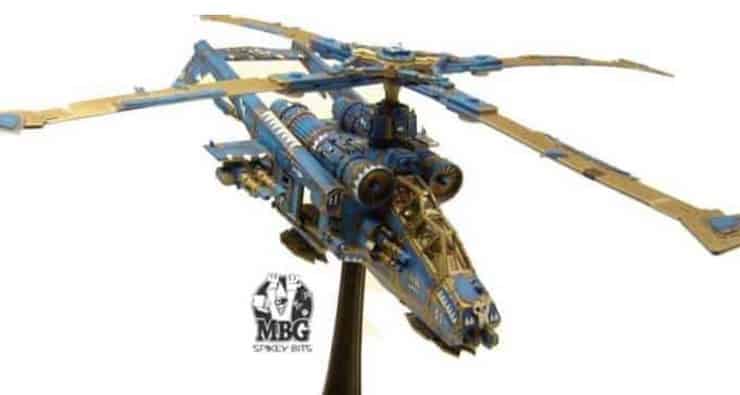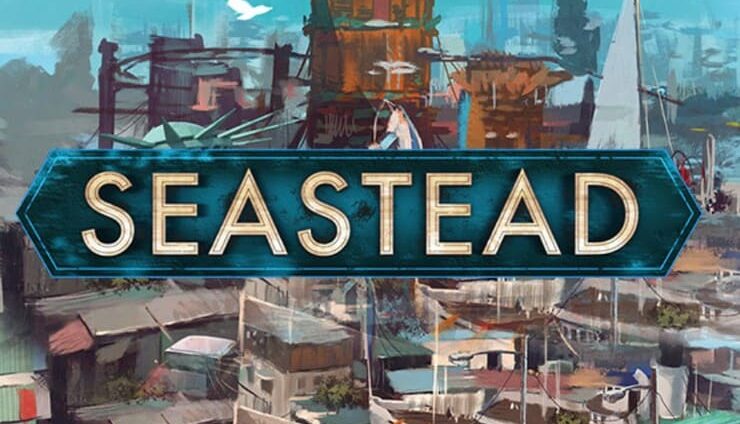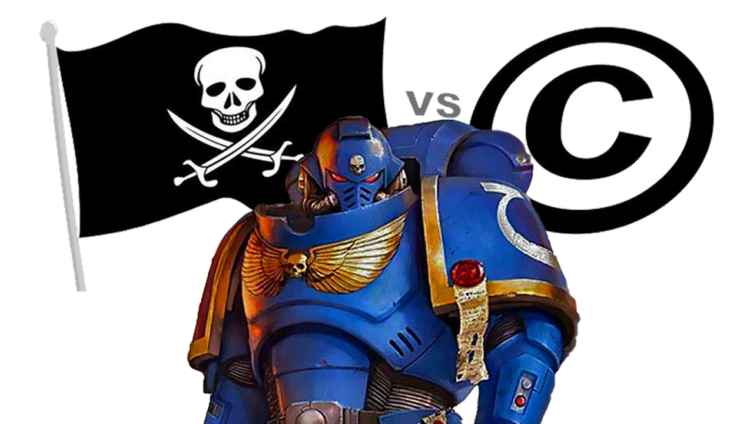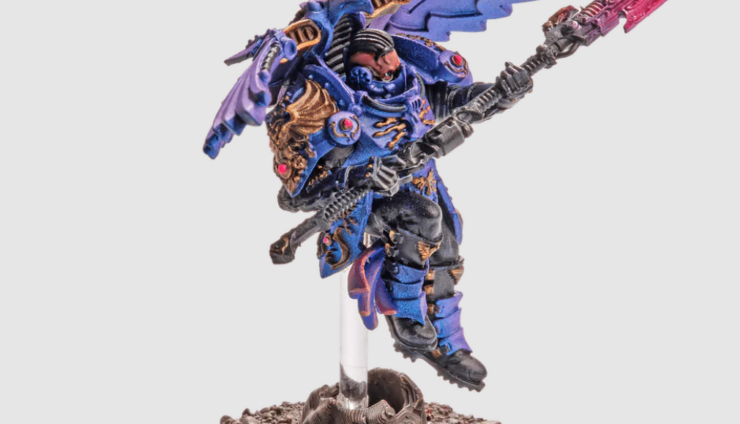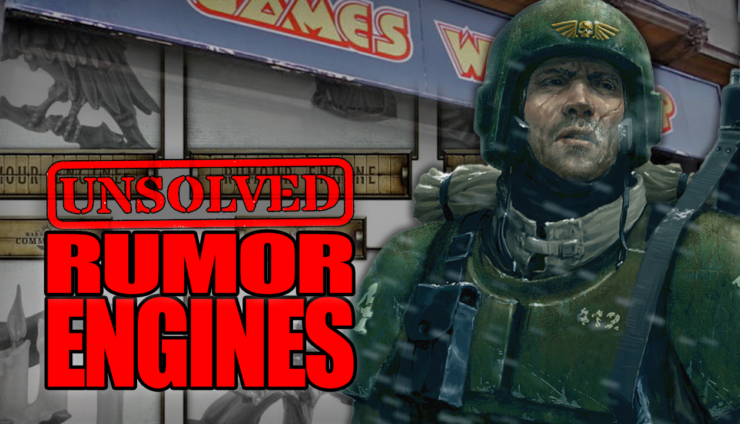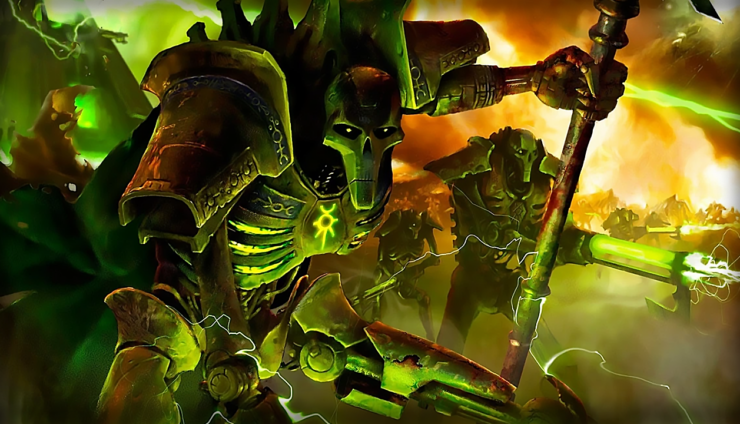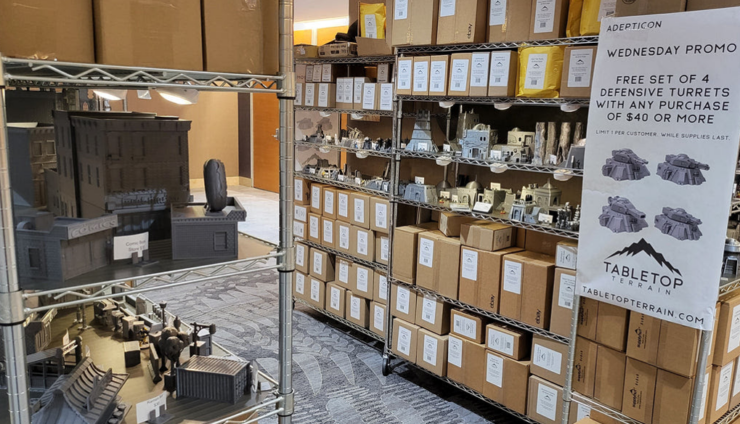 Squidmar is here again with another one of his great tutorials! Check out how to approach lighting when painting your miniatures!
Squidmar is here again with another one of his great tutorials! Check out how to approach lighting when painting your miniatures!
Squidmar’s channel is rapidly growing due to his great tutorials ranging from full-scale models to tips and even practical physics! This time around he slows down the pace and takes a minute to help teach us how we might approach painting lighting for our models!
First Emil starts off by telling us the basics. Most models we paint don’t look like the models we see on the golden demon or crystal brush competitions, most don’t even really look like the box art. This is mainly due to lighting and volumes!
If we want our minis to look their best, we have to base them in the real world and apply our knowledge of simple lighting/physics.
How to Approach Lighting When Painting Miniatures
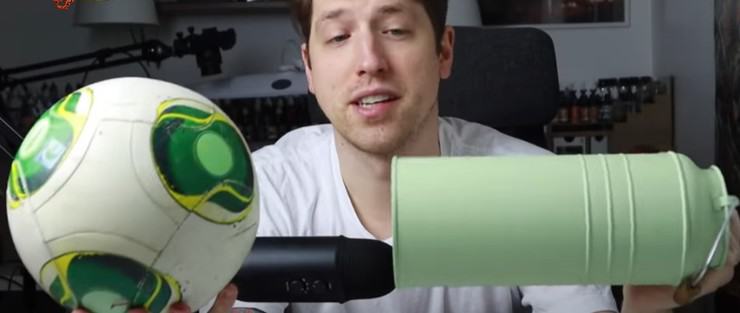 If we want to learn about lighting basics, we should tackle it with simple shapes. The first two are the easiest: spheres and cylinders. For both of these shapes, the light follows and highlights the shape. The shape of the light doesn’t change the light on the object, the shape of the objects does, however, change how the light surrounds it. The closest point will also always be brighter than the further parts.
If we want to learn about lighting basics, we should tackle it with simple shapes. The first two are the easiest: spheres and cylinders. For both of these shapes, the light follows and highlights the shape. The shape of the light doesn’t change the light on the object, the shape of the objects does, however, change how the light surrounds it. The closest point will also always be brighter than the further parts.
For example, one end of the cylinder vs the other.
 When applying this to our minis we should try to recognize the shape. On shoulder and knee armor, they usually would behave like spheres. If the light is above them we should pretend the knee is a full sphere and highlight it accordingly (even though we wouldn’t see the brightest and top-most part).
When applying this to our minis we should try to recognize the shape. On shoulder and knee armor, they usually would behave like spheres. If the light is above them we should pretend the knee is a full sphere and highlight it accordingly (even though we wouldn’t see the brightest and top-most part).
 The third and final simple shape is the cube or planes. Essentially these will be flat surfaces with hard edges. The most common place we would encounter this is cloaks or cloth. the plane will mostly be the same color with slight color changes, but after the edge, there should be an extreme difference in color bases on the angle of the opposing light source.
The third and final simple shape is the cube or planes. Essentially these will be flat surfaces with hard edges. The most common place we would encounter this is cloaks or cloth. the plane will mostly be the same color with slight color changes, but after the edge, there should be an extreme difference in color bases on the angle of the opposing light source.
This is most easily explained by thinking of the outside versus the inside of a cloak.
Squidmar Miniatures is a great place to learn all kinds of hobby techniques! Be sure to subscribe to Squidmar Miniatures’ YouTube channel for more tutorials.
